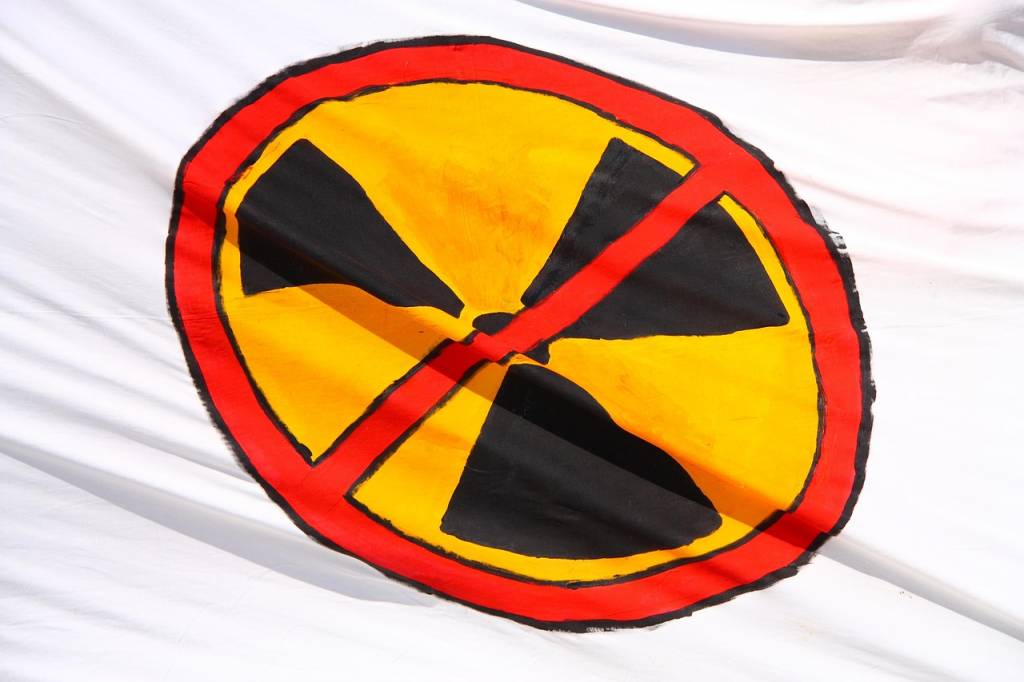Understanding the Role of a Radiation Protection Advisor
Amid growing awareness of occupational hazards in environments involving ionizing radiation, the role of a Radiation Protection Advisor (RPA) has become increasingly crucial. This professional acts as the linchpin between radiation safety standards and their practical implementation across various sectors, including medicine, industry, research, and even aerospace. Their mission: to ensure compliance with applicable legal and health regulations while actively preventing radiation exposure for employees and the broader public.
The Radiation Protection Advisor guarantees the proper application of safety frameworks, primarily guided in France by the Labour Code and the Public Health Code. Central to their methodology is the ALARA principle—“As Low As Reasonably Achievable”—which aims to minimize radiation exposure through risk anticipation, evaluation, and mitigation.
But what does it take to become a certified Radiation Protection Advisor? What type of training and qualifications are required to wear this essential safety mantle? This article dives deep into the educational background, necessary certifications, and daily responsibilities of an RPA.
Key Responsibilities of a Radiation Protection Advisor
Before delving into the training specifics, it is vital to understand what an RPA does on a day-to-day basis. Their contributions are multi-faceted and span technical, strategic, advisory, and developmental responsibilities.
Primarily, RPAs are responsible for:
- The verification and maintenance of radiation-emitting equipment
- Classification of workers based on their potential exposure levels
- Assessment and demarcation of restricted radiation zones
- Formulating and preparing emergency response protocols
In addition to these core duties, RPAs are integral in conducting comprehensive risk assessments. They coordinate preventive measures aimed at protecting not only employees but also the surrounding public and environment. Their strategic insight helps companies make informed decisions on exposure limits, selection of shielding materials, and procedural design. They are, in essence, the watchdogs and consultants of radiation safety.
Academic Pathways and Formal Training
Becoming an RPA means acquiring specialized knowledge in fields like physics, radiology, nuclear science, health physics, or engineering. Most enter the profession holding at least a Bachelor’s degree in one of these areas, though higher qualifications such as Master’s degrees or even PhDs are common for those leading in complex environments.
However, academic credentials alone are not enough. The candidate must also undergo specific training focused on radiation protection services. This specialized curriculum typically includes:
- Ionizing radiation theory and biological effects
- Radiation detection and instrumentation
- Radiation shielding and dosimetry
- Occupational and environmental regulatory frameworks
- Emergency radiation response procedures
In France, for example, this training must be completed at an accredited institutional provider and often culminates in passing an evaluation or state-level examination to confirm competency in radiation safety advisory roles.
Certification and Regulatory Compliance
In order to be officially recognized as a Radiation Protection Advisor, candidates must acquire a professional certification by a delegated national body, usually under the supervision of a health or labor authority. This ensures that they meet the competencies required to provide expert advice and interventions in real-world settings.
The process often involves:
- Approval of prior education and training by regulatory bodies
- Ongoing professional development and time in service
- Periodic examinations and practical assessments
- Certification renewals to maintain updated knowledge
Certain high-risk sectors, such as nuclear energy or hospital radiology departments, may require RPAs to be certified for their specific domain. Continuing education and professional development are therefore not just advisable—they are essential.
Interdisciplinary Expertise and Collaboration
Today’s RPAs must balance deep technical knowledge with interpersonal and management skills. At companies like Lemer Pax, the RPA forms an indispensable part of innovation and safety management teams, working side-by-side with engineers, researchers, and healthcare professionals.
One of the remarkable aspects of the Radiation Protection Advisor (RPA) at Lemer Pax, for instance, is how their work extends beyond standard advisory functions. The RPA plays an active role in material development and product innovation. By identifying challenges from field applications and partnering with design teams, they help craft targeted and safe solutions.
In such environments, RPAs not only react to existing problems but anticipate future risks with foresight, blending compliance requirements with technological opportunities.
Role in Product Innovation: The Lemer Pax Example
Lemer Pax’s approach to radiation protection showcases a modern, expanded vision of the RPA’s role. Here, the advisor does much more than regulatory audits or safety performance checks—they are involved in Research and Development (R&D) and help define products from conception through to market launch.
A shining example of this is the Novashield® Glass, a groundbreaking lead-free and organic glass developed under the close supervision of the company’s RPA. This innovation offers exceptional protection against neutrons as well as gamma rays and X-rays, combining safety with sustainability. Unlike traditional materials like PMMA (poly methyl methacrylate acrylic), Novashield® Glass is produced using highly hydrogenated polymer matrices integrated with radioprotective nanoparticles, setting a new standard in the field.
This project required over 16 years of R&D and is protected by several patents. It now serves multiple sectors that rely on advanced radiation protection, including medical imaging, nuclear power, aerospace, and defense.
Beyond the Organization: Cross-Industry Collaborations
The radiation protection landscape is one that thrives on collaboration. At Lemer Pax, RPAs commonly work with their counterparts from public hospitals and private clinics, especially nuclear medicine departments. This cooperation ensures that radiation protection measures are aligned with real-world challenges and nuances.
By staying in communication with multiple stakeholders, RPAs help build comprehensive solutions that not only satisfy legal standards but also meet pragmatic safety demands. These partnerships often provide feedback that refines existing protocols and inspires fresh innovations—a key element in achieving cutting-edge developments like Novashield® Glass.
In this way, RPAs function well beyond the restrictive scope of regulation. They are thinkers, creators, soundboards, and ultimately, protectors of both human health and technological reliability in high-risk environments.
The Future of Radiation Protection Advisors
As technology evolves and our understanding of radiation’s effects deepens, the future of RPAs looks set to grow in both importance and complexity. The regulatory environment is changing to accommodate new sources of risk—ranging from smaller, wearable diagnostic devices to radiotracers in personalized medicine applications. Moreover, with heightened sensitivity to environmental sustainability, the demand for non-toxic, lead-free shielding solutions will likely soar.
With their unique combination of scientific expertise and practical adaptability, RPAs are poised to play a key role in shaping this future. Developing new materials, aiding in regulatory reform, and fostering multi-disciplinary partnerships will all form part of the expanded RPA mandate.
For aspiring professionals in this field, the takeaway is clear: becoming an RPA is more than acquiring a title—it’s joining a selective group of experts responsible for the unseen job of safeguarding lives and pushing radiological science into a safer, smarter era.
Whether you're pursuing a career in occupational safety, nuclear medicine, or industrial engineering, obtaining RPA credentials opens doors in a range of fields where radiation exposure is a daily concern—but one that can be intelligently managed through knowledge, innovation, and vigilance.




